Table of Contents
Thick-Cut Filet Mignon& beef steak is known as the most tender cut of beef, offering an exceptionally juicy and flavorful experience. When cooking, high heat can cause thinner cuts to lose moisture, whereas a thick filet can lock in the juices, resulting in a perfect combination of a crispy exterior and a tender interior. Here’s a simple, classic method to prepare a delicious thick-cut filet mignon, straight from the culinary traditions of the West!
When it comes to steak, nothing quite compares to a thick-cut filet mignon. This cut is renowned for its tenderness and rich flavor, making it a favorite for special occasions and indulgent dinners. Join me as I share my personal experience in preparing this delicious steak, complete with tips and tricks to ensure you achieve the perfect result every time.
For a perfectly juicy thick-cut filet mignon, thaw the steak overnight, season it well, and sear it in a hot skillet. Let it rest before slicing for maximum flavor!
Thawing the Steak
Before I start cooking, I always ensure that my filet mignon is properly thawed. I take it out of the freezer the day before and let it sit in the refrigerator for about 12–16 hours. This slow thawing process helps maintain its texture and flavor.
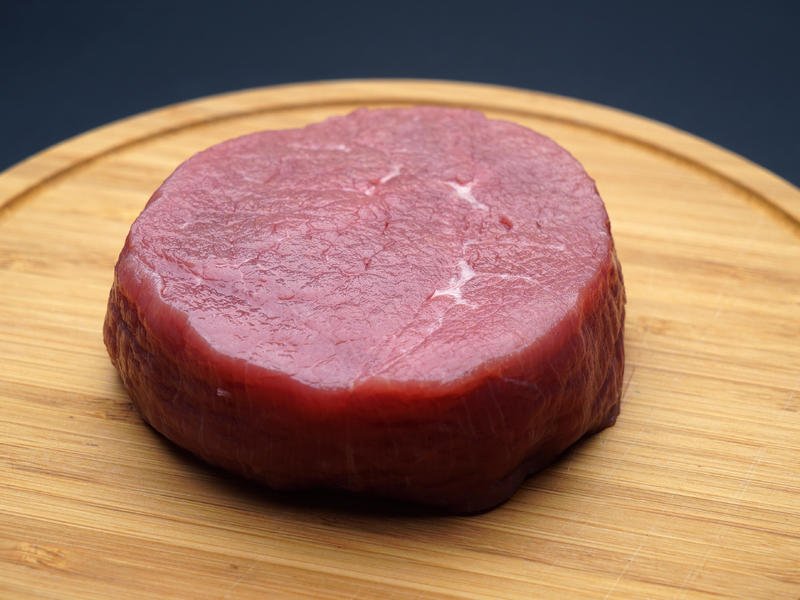
Achieving Room Temperature
Once it’s thawed, I remove the steak from the refrigerator about 30 minutes before cooking. Letting the steak sit at room temperature ensures it cooks evenly. I also dry it thoroughly with paper towels, which is crucial for getting that beautiful sear later on.
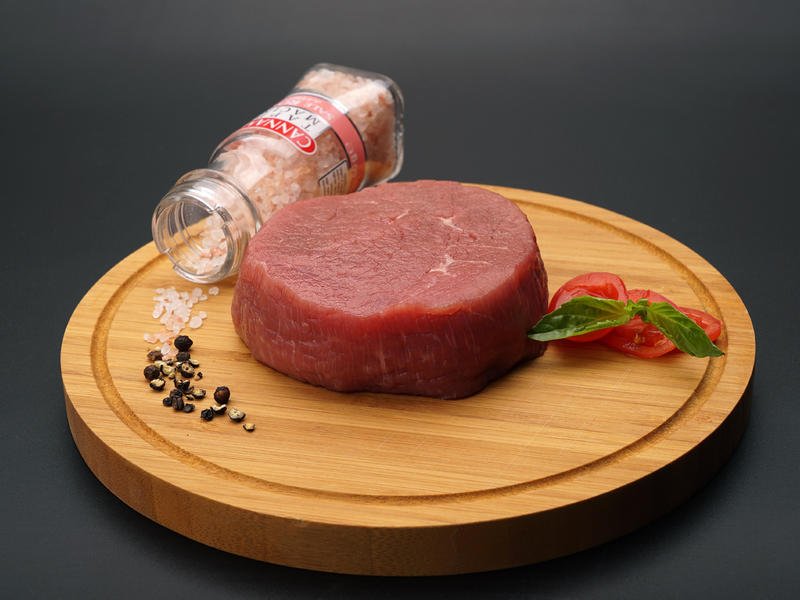
Seasoning for Maximum Flavor
I firmly believe that great steak starts with good seasoning. I generously sprinkle sea salt and freshly ground black pepper on both sides of the steak. Sometimes, I’ll also drizzle a little olive oil to help with the searing process—this enhances the crust that forms when cooking.
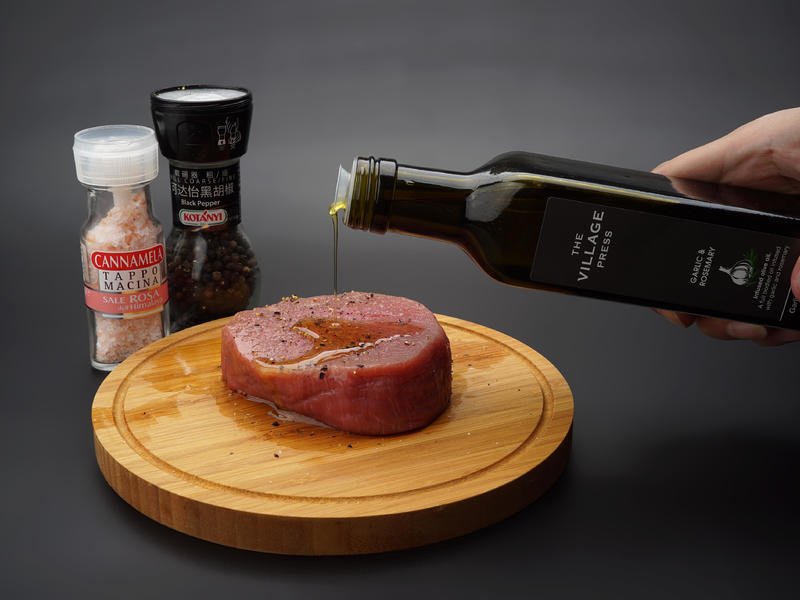
Marinating for Depth
After seasoning, I allow the filet mignon to rest for 30 minutes to an hour. This waiting period isn’t just idle time; it allows the flavors to penetrate deeply into the meat, making each bite flavorful and satisfying.
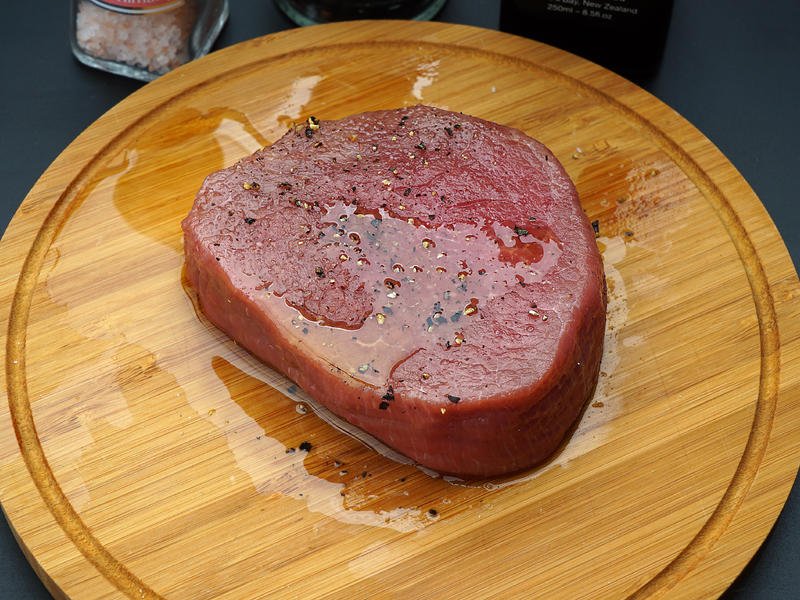
Preheating the Skillet
Next, I preheat my skillet over high heat. A quick test I use is to sprinkle a few droplets of water onto the pan; if they dance and evaporate quickly, it’s ready for the steak. A hot skillet is essential for creating that irresistible crust.
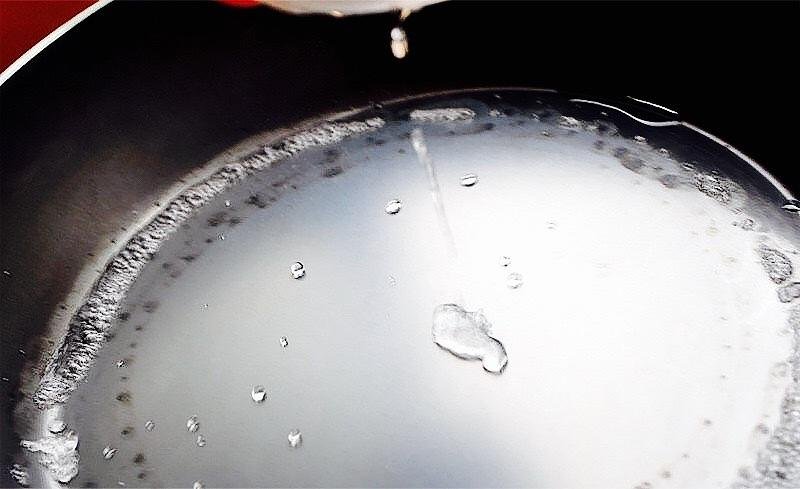
Searing to Perfection
With the skillet ready, I carefully place the filet mignon in the pan. I let it sear on one side for about 2–3 minutes. Then, I flip the steak and cook the other side for 1.5 minutes. Sometimes I add a small knob of butter while it’s cooking for an added depth of flavor. The aroma that fills the kitchen is heavenly!
Next, I continue cooking the second side for another 2–3 minutes, searing the edges for about a minute. I love using a meat thermometer here; the ideal internal temperature for medium-rare is 130-135°F (54-57°C).
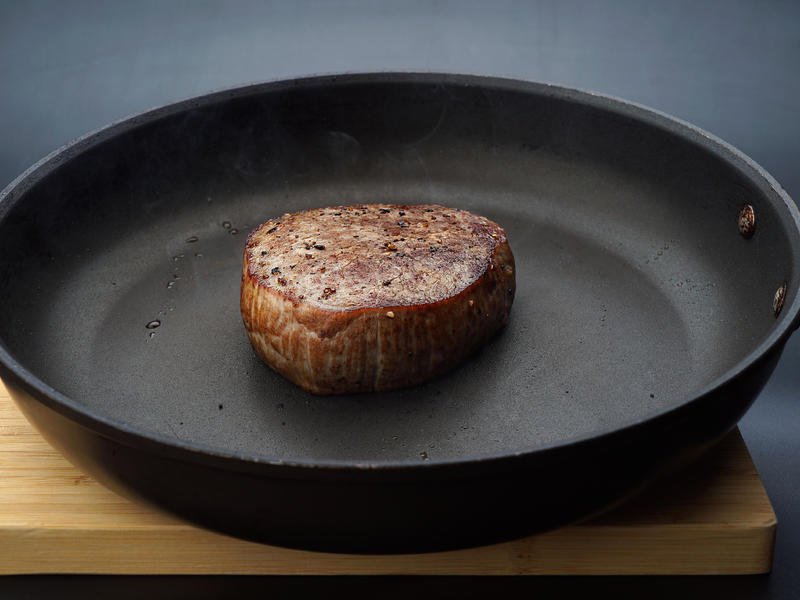
Optional Oven Cooking for Thicker Cuts
If my filet mignon is on the thicker side—over 4 cm—I’ll transfer it to a preheated oven set at 180°C (350°F) to finish cooking. This ensures that the inside cooks perfectly without compromising the exterior.

Importance of Resting
After cooking, it’s essential to let the steak rest. I usually transfer my filet mignon onto a warm plate and let it sit for at least 3–8 minutes. This resting time allows the juices to settle, ensuring that each slice is tender and flavorful.
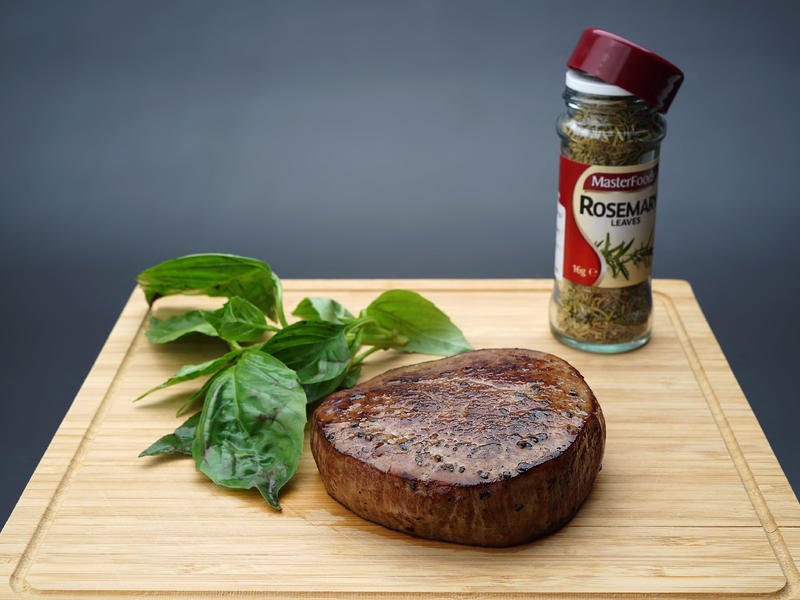
Final Touches and Serving
Finally, I slice the steak against the grain into bite-sized pieces. The satisfying sight of the perfectly cooked meat always makes me proud. I serve it immediately with my favorite sides, ready to enjoy the fruits of my labor!
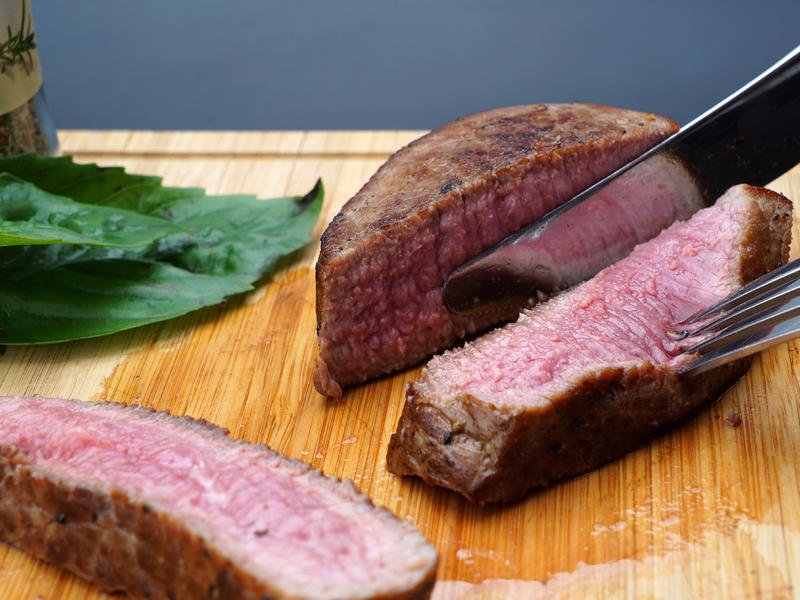
Conclusion
Cooking a thick-cut filet mignon is not just about the ingredients; it’s about the technique and care that go into the process. With these steps, you can create a steak dinner that rivals those from upscale restaurants. I encourage you to try this at home and savor the results! For more insights into cooking steaks or other delicious recipes, feel free to explore more of my culinary adventures.
FAQ
What is filet mignon?
Filet mignon is a cut of beef taken from the tenderloin, which is the most tender part of the cow. It is known for its fine texture, low fat content, and is typically cooked quickly, often grilled or pan-seared.
What is the ideal thickness for filet mignon?
The ideal thickness is about 1 to 1.5 inches (2.5 to 3.5 centimeters). A thicker steak retains its juices better and results in a nice crust while keeping the inside tender. For steaks thicker than 1.5 inches, it’s recommended to use an oven.
How do I choose a good quality filet mignon?
Look for bright red color with good marbling (fat distributed throughout the meat). A well-marbled steak will be more flavorful and juicy.
How should I properly thaw filet mignon?
The best method is to transfer the frozen steak to the refrigerator 24 hours prior to cooking, allowing it to thaw slowly. Avoid thawing at room temperature to prevent bacterial growth.
Why is it important to let filet mignon rest (resting period)?
Resting allows the juices to redistribute throughout the steak, making it juicier when cut. It’s vital to let it rest for 3 to 8 minutes before slicing.
How should I store leftover filet mignon?
Allow it to cool, then wrap it tightly in plastic wrap and store in the refrigerator for 1 to 2 days. For longer storage, freeze the steak, where it can last up to 3 months.
What side dishes pair well with filet mignon?
Common pairings include roasted vegetables, mashed potatoes, fresh salad, or mushroom sauce. A simple red wine can enhance the overall flavor.